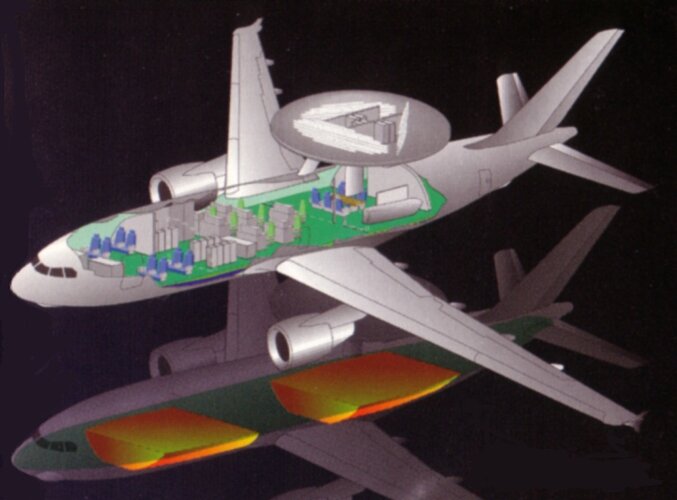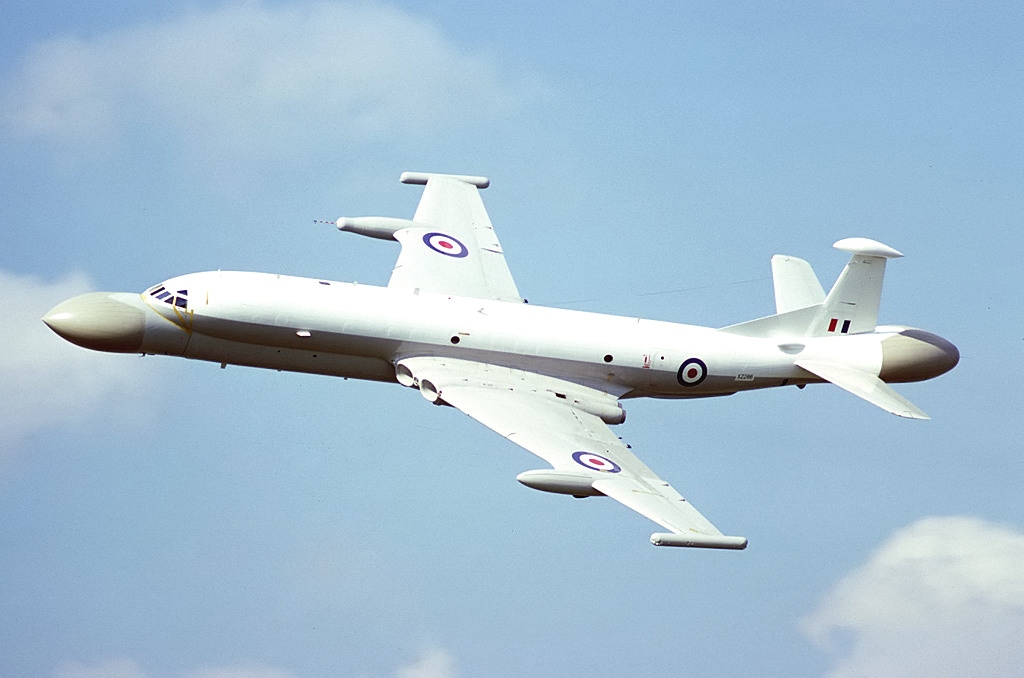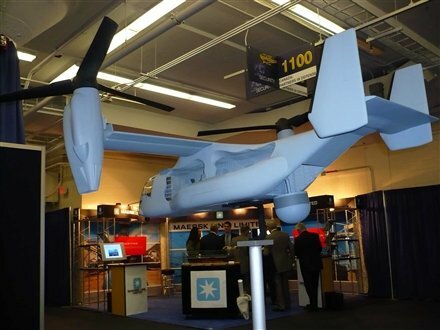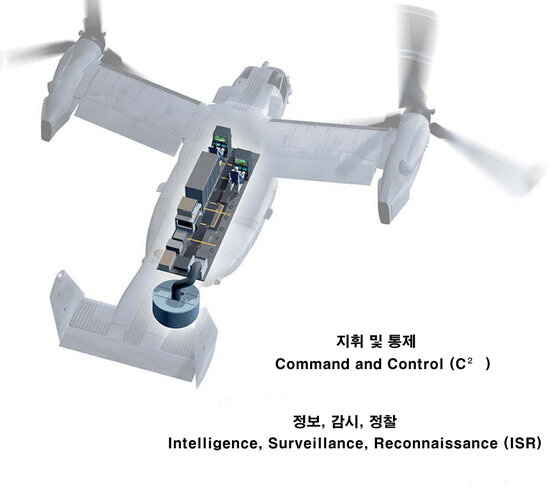- Joined
- 29 November 2010
- Messages
- 1,774
- Reaction score
- 3,477
In regard to AWACS aircraft, there's many different configurations these days
balance beams

dishes

bench

or stick them to the side

I was wondering what the general pros and cons were
given that technology has advanced, I would assume that something that uses mechanical? steering is no longer necessary, like those huge rotating dishes
in that sense wouldnt something like the bottom AWACs be preferable as it has less drag?
also what about aircraft carrier applications
does one configuration do better than others?
balance beams
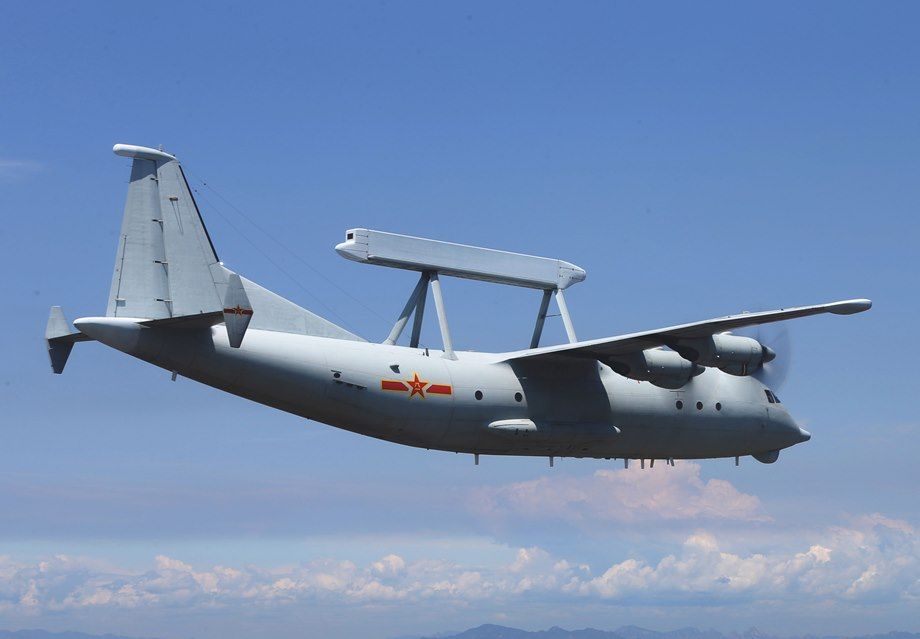
dishes
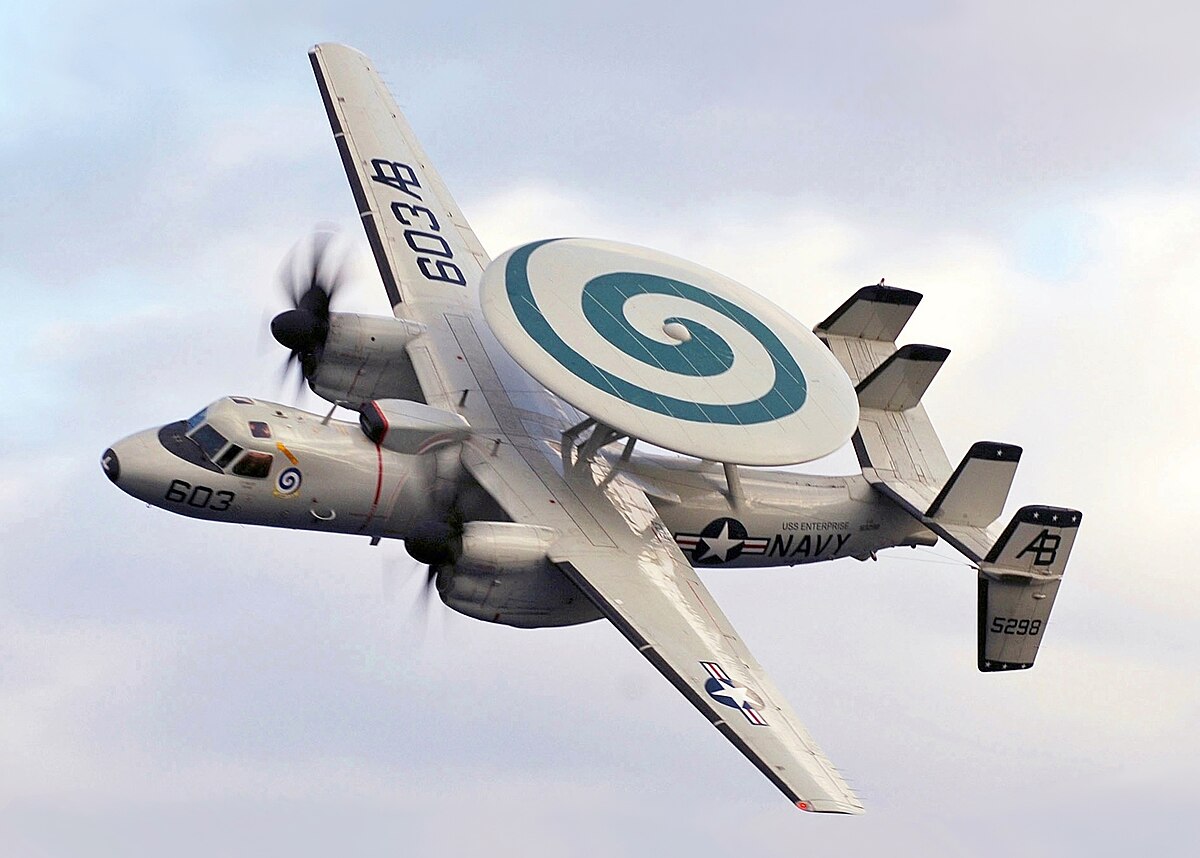
bench
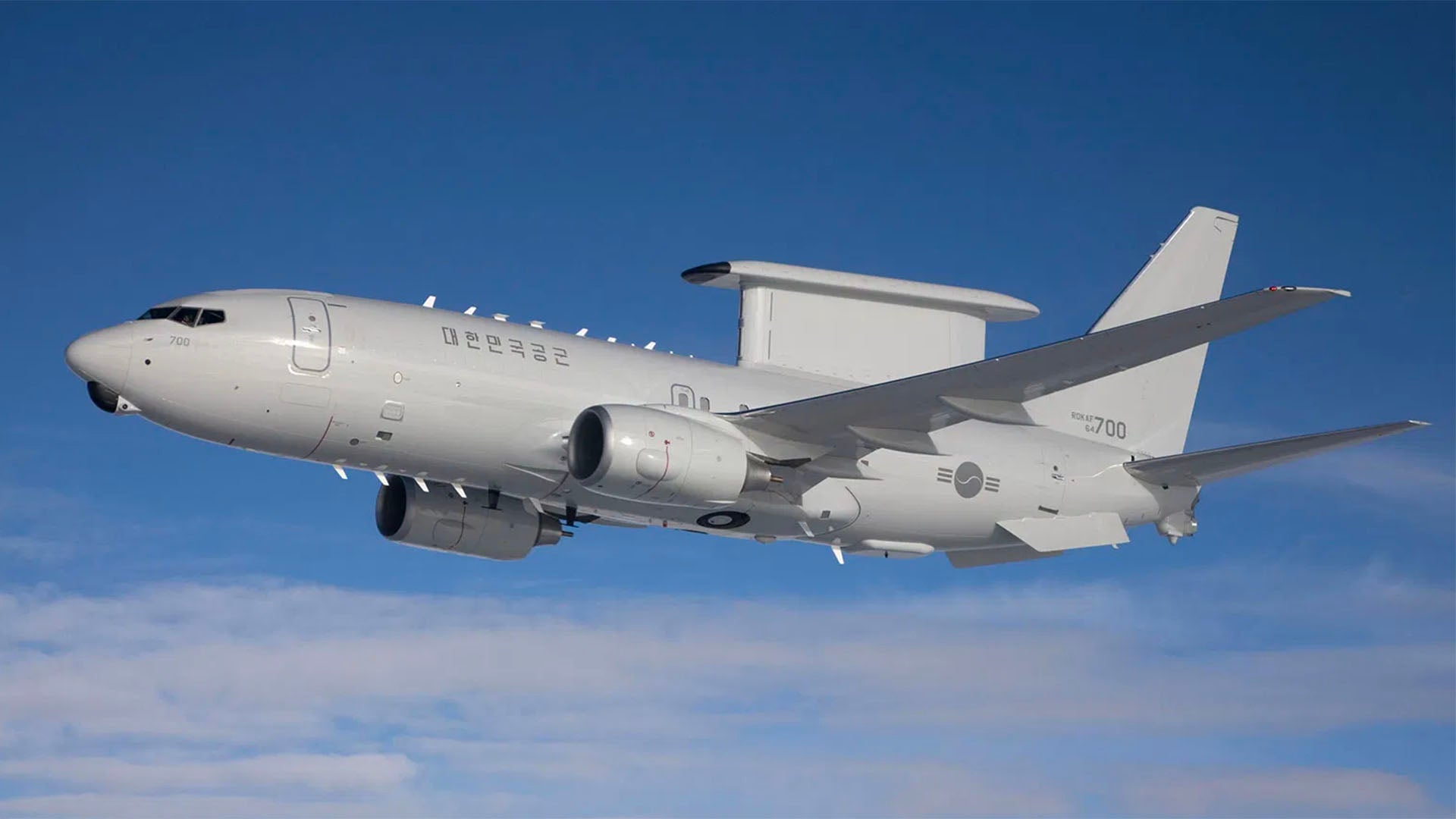
or stick them to the side
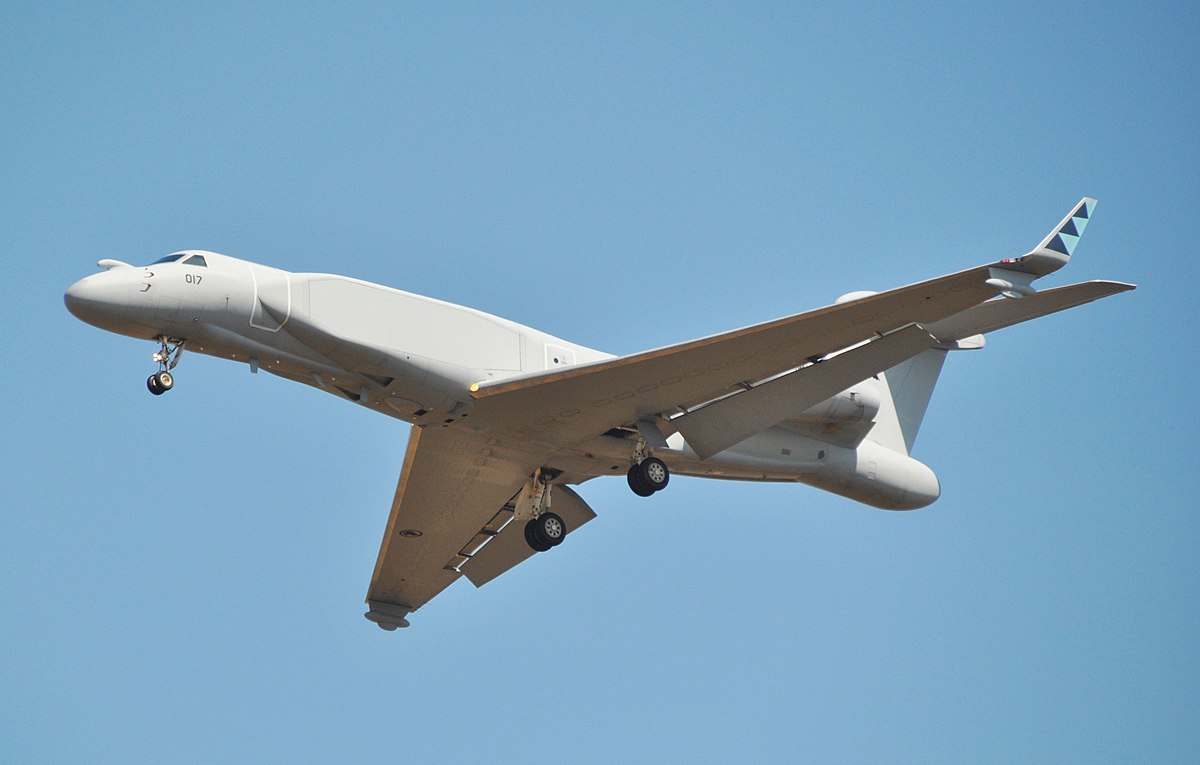
I was wondering what the general pros and cons were
given that technology has advanced, I would assume that something that uses mechanical? steering is no longer necessary, like those huge rotating dishes
in that sense wouldnt something like the bottom AWACs be preferable as it has less drag?
also what about aircraft carrier applications
does one configuration do better than others?

